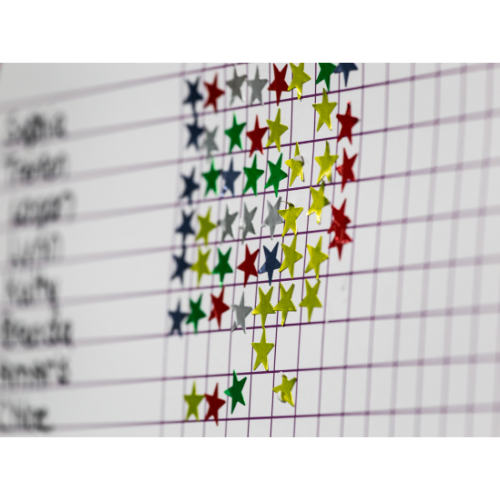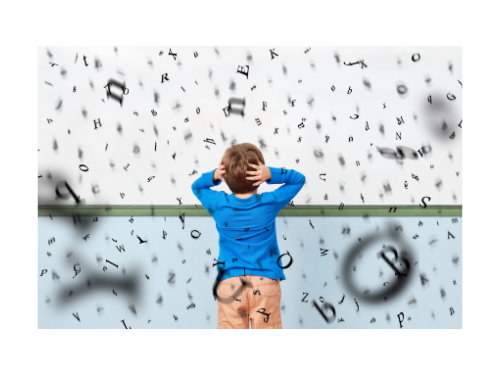I am SOOO excited to share with you about one of my most FAVORITE behavior interventions, visual supports.
What are Visual Supports
Visual supports are a powerful tool that get results. These evidence-based intervention strategies use visuals and visual cues to enhance communication, comprehension, and reduce anxiety, and increase overall engagement for children with disabilities.
Let’s take a look at the benefits of visual interventions. I’ll provide some practical tips for incorporating them into your daily routine.

Understanding the Benefits of Visual Supports
Visual interventions can play a crucial role in helping children with disabilities overcome communication barriers and navigate their environment more effectively. Here are some key benefits:
a. Enhancing Communication: Visual supports, such as visual schedules, choice boards, and social stories, provide a visual representation of language, making it easier for children with disabilities to understand and express their needs.
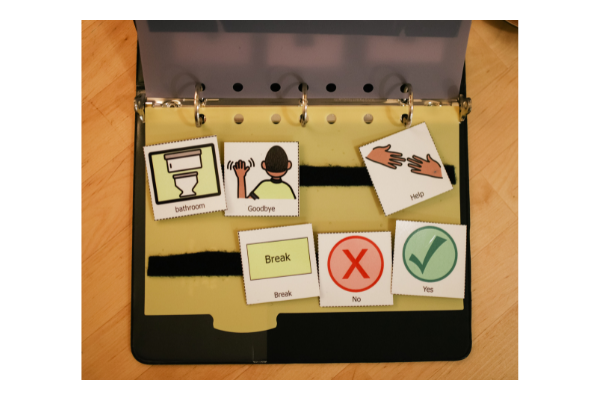
b. Promoting Independence: By using visual cues, children can develop self-help skills, follow routines, and complete tasks with greater independence and confidence.
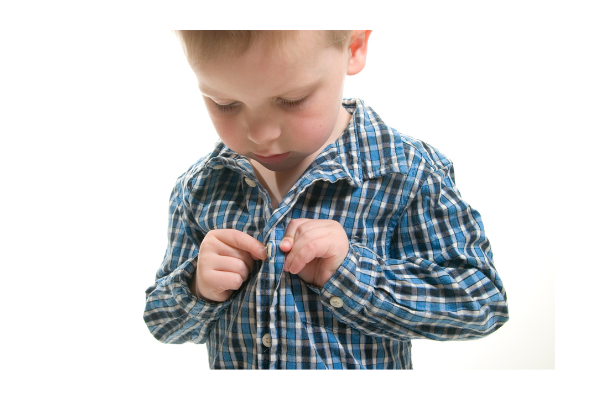
c. Reducing Anxiety and Improving Behavior: Visual interventions can help children anticipate and understand what will happen next, reducing anxiety and minimizing challenging behaviors that may arise due to uncertainty or difficulty in understanding verbal instructions.

Practical Visual Strategies for Everyday Life
Integrating visual interventions into your child’s daily routine can be simple and highly effective.
Consider the following strategies:
a. Visual Schedules/Task Analysis: You can create a visual schedule using pictures or symbols to outline the sequence of activities throughout the day. Display the schedule in a prominent place, which allows your child to anticipate and prepare for transitions.
Visual schedules can be for a whole day, or just for specific parts of the day. Here are some free visual schedules to use for before and after school routines.
Task analysis can be a an excellent way to help children understand the sequence of things. Task analysis is often used when teaching children handwashing. To break down handwashing, you can use pictures and text with each step like: “turn on water, put soap on hands, put water on hands with soap, rinse hands, dry hands with towel, clean up extra water.” The adult or caregiver can point to each step of the task, thus allowing the child to experience more independence.
b. Choice Boards: Use a choice board with pictures or symbols to offer your child options when making decisions. This empowers them to make choices and enhances their sense of control.
We ALL like having choices throughout the day, and children are often stuck following adult directions all day. Incorporating choices into a child’s day helps to reduce power struggles, and increase their satisfaction throughout the day.
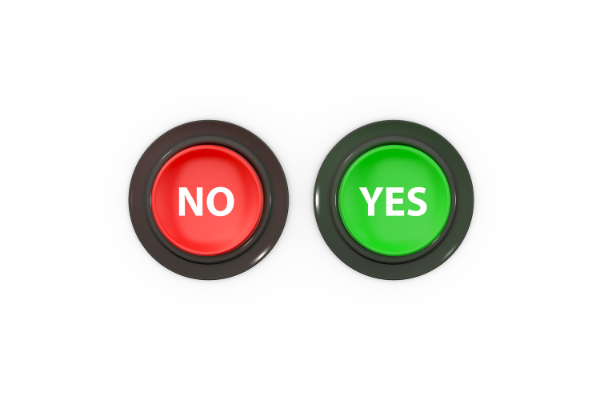
c. Social Stories: Develop personalized social stories using pictures and simple language to teach social skills, explain routines, or prepare for upcoming events. Social stories provide predictability and reduce anxiety in unfamiliar situations.
Social stories can be created for any situation! Many of the families that I work with will use social stories about going to new places, such as the dentist or doctor. I create social stories for my students when they transition to my school to introduce the school.
Many of the students I work with also need support with social skills, and using social stories is a fun way to teach social skills. We read through the books together, practice the strategies, and put those skills to work out on the playground.
d. Visual Timers: Utilize visual timers to help your child understand the concept of time and manage transitions effectively. They can visually depict how much time is left for an activity, reducing frustration and anxiety.
I use a variety of visual timers with students that I work with. I typically order my timers from Amazon, and I am an affiliate with them. If you order from my link, I may get a small commission with no extra change to your order.
I use a large timer if am setting the timer for the whole class. For example, I would use the large timer for when students are working in stations, or need to know how much time is left to complete a task. If I am working 1:1 with a student, I use a small timer.
Another example of a visual timer could include a time-to-wake clock. Time to wake clocks let children know when it is time to get up, and eliminates any questions or anxieties about the time.
e. Visual Supports for Communication: Visual cues for basic needs (e.g., toilet, snack, drink), emotion boards, or communication boards with relevant pictures or symbols, can help facilitate communication and expression.
Visuals for communications can include Picture Exchange Communication System (PECS) cards, Core boards, visuals for emotions, or actual items from the child’s day. The purpose of visuals for communication would be to improve communication, both between the listener and the communicator. Effective communication strategies help alleviate frustration and allow the person to get their needs met effectively.
f. Visual/ physical boundaries and structures: These are a specific type of visual support that use furniture arrangement, labeling, and color coding to make the use of a particular space more obvious and clear.
This could look like having a specific space for children to do homework, and areas clearly labeled for work that needs to be completed, work that is already completed, and work that needs to be turned in.
In the classroom, visual/ physical boundaries and structures can look like creating specific and clear areas in the classroom for different purposes (ex. Library area, carpet area, work area, etc.).
I recently read the book Atomic Habits, and having visual/ physical boundaries and structures is something that the author referenced as well for adults to help create positive habits.
The author suggests that “environment is the invisible hand that shapes human behavior.” Let’s make the right thing the most easy to do!
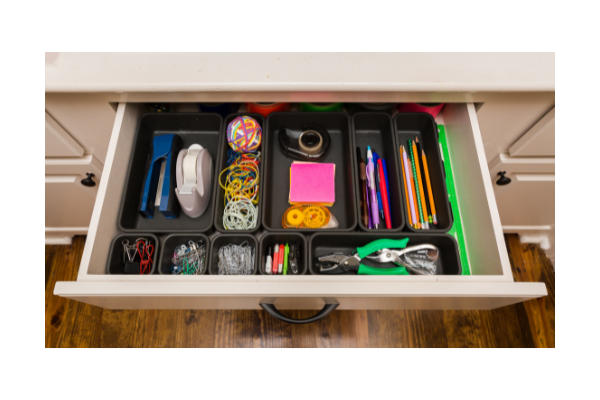
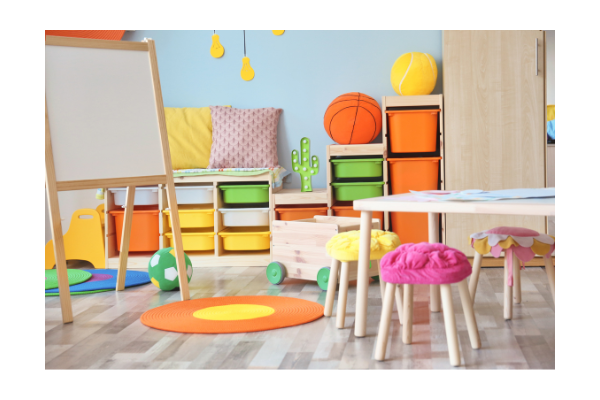
Individualizing Visual Interventions
Remember, every child is unique, and what works for one may not work for another. Tailor visual interventions to your child’s specific needs and preferences. Consider their strengths, interests, and sensory preferences when designing and implementing visual supports.
Collaboration and Consistency
Collaboration between parents, educators, and therapists is crucial for the successful implementation of visual interventions. Maintain open communication and share strategies across all environments to ensure consistency in supporting your child.
Visual Interventions are Powerful Tools
Visual interventions have proven to be powerful tools in supporting children with disabilities by enhancing their communication, comprehension, and overall engagement.
By incorporating visual supports, such as schedules, choice boards, social stories, and visual timers, parents can empower their children to navigate daily routines with increased independence and reduced anxiety. Remember to individualize the interventions to suit your child’s needs and collaborate with professionals to maximize the benefits.
Together, we can provide our children with the tools they need to thrive and reach their full potential.




